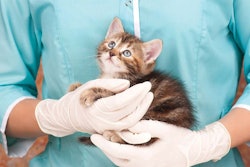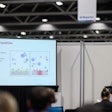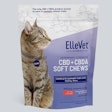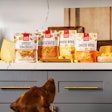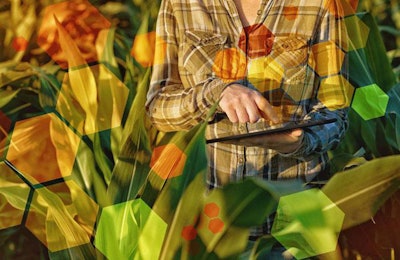
Veterinary dog and cat foods may contain toxins left by fungi that infected the grain used to make the products, as well as the fungi itself. However, scientists at the Polish Academy of Sciences did not find these mycotoxins at levels above those allowed by European Union regulations. The journal Microorganisms published their results.
The researchers tested 42 samples of veterinary diets for dogs and cats available in Poland and other parts of the EU. They checked for the presence of Fusarium species and the mycotoxins fumonisin B₁, deoxynivalenol, nivalenol and zearalenone.
The scientists used molecular methods to identify the fundal species, while the ergosterol and mycotoxins were quantified using high-performance liquid chromatography.
They identified two Fusarium species: Fusarium proliferatum and Fusarium verticillioides.
Of all 42 pet food samples, 9.5 percent contained no Fusarium mycotoxins. Although the majority contained some mycotoxins, none were at levels beyond those permitted in the EU.
“Thus, it is recommended that veterinary diets are examined, since the mycotoxin contamination pose additional risk to animal health,” the researchers wrote.
Overall, veterinary diets for cats held lower levels of mycotoxins than dog foods. Veterinary pet food formulation intended for allergy relief held the lowest levels of mycotoxins in both dog and cat food.
Mycotoxin report for U.S. grain
In the United States, mycotoxins also appear in grains destined for pet foods. In January, Neogen released their annual report on mycotoxin concentrations in U.S. crop harvests.
Each week, Neogen collects data from the USDA Crop Progress Report, grain producers and processors and grain inspectors across the country to provide information on crop progress, weather patterns and mycotoxin levels.
The 2018 Capstone Report is now available on YouTube for viewing. This video gives an overview of the year’s growing and harvest season, ways to mitigate risk in grain storage and a short promotion of Neogen’s Integrated Mycotoxin Monitoring Program.



